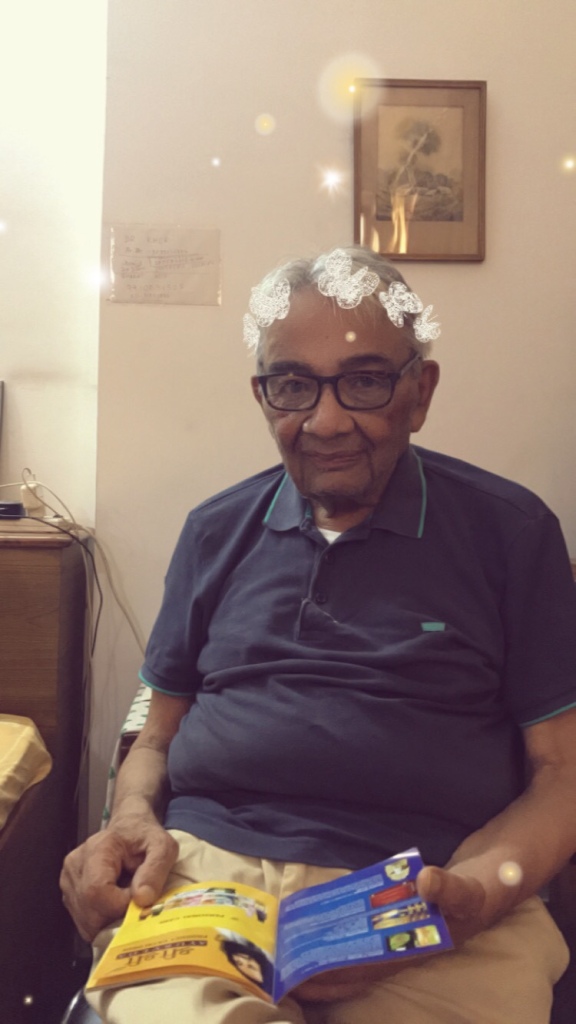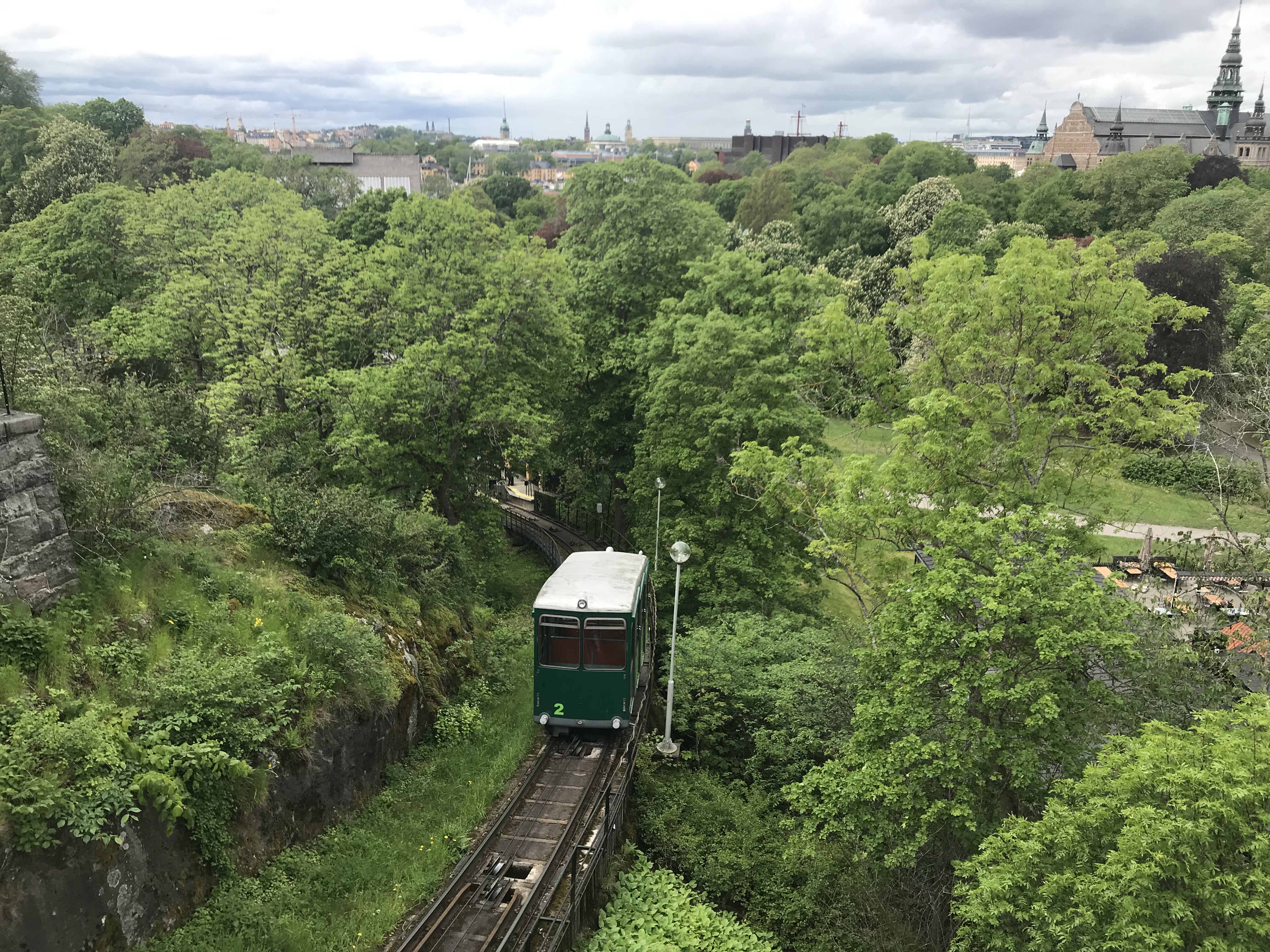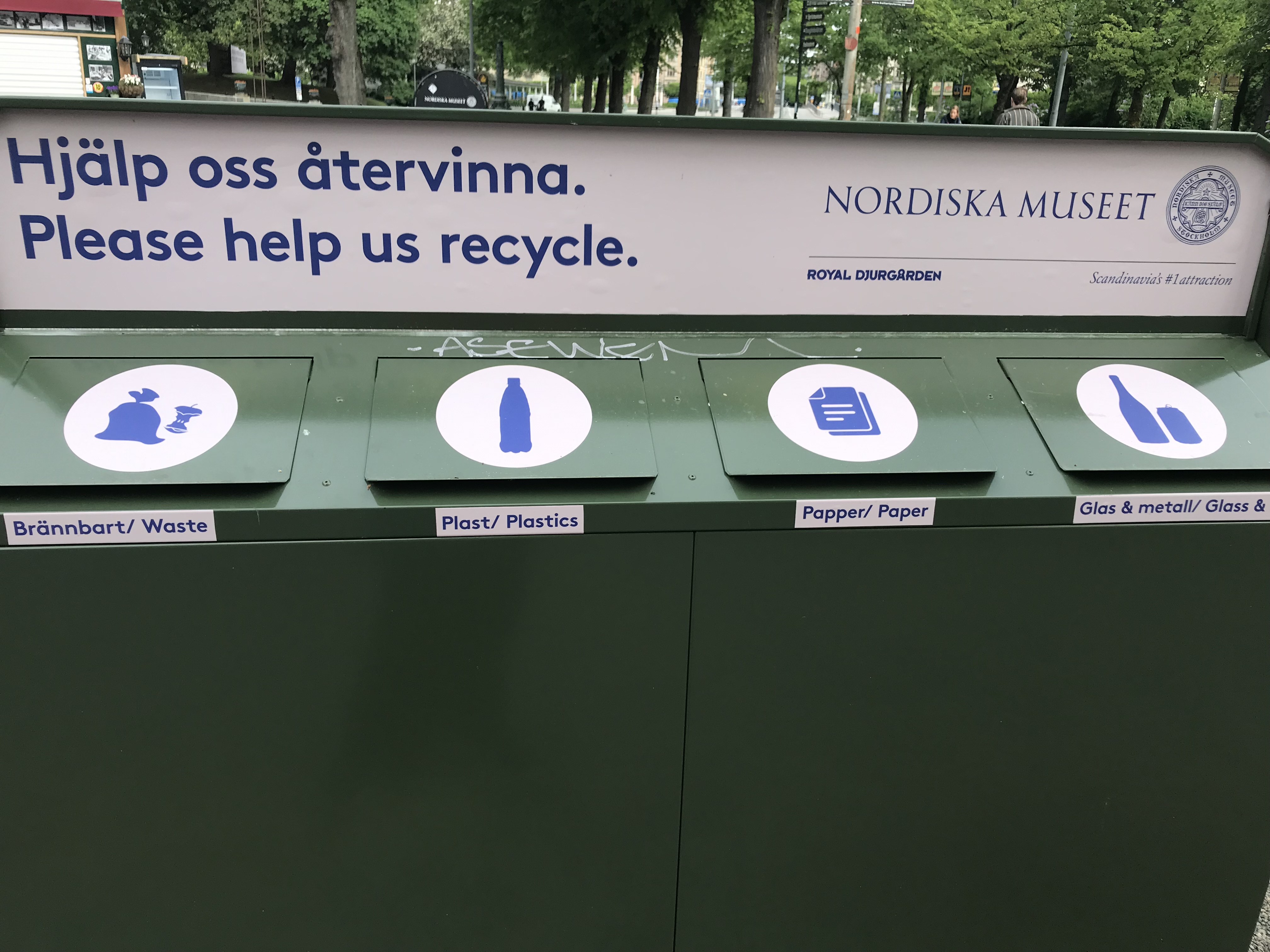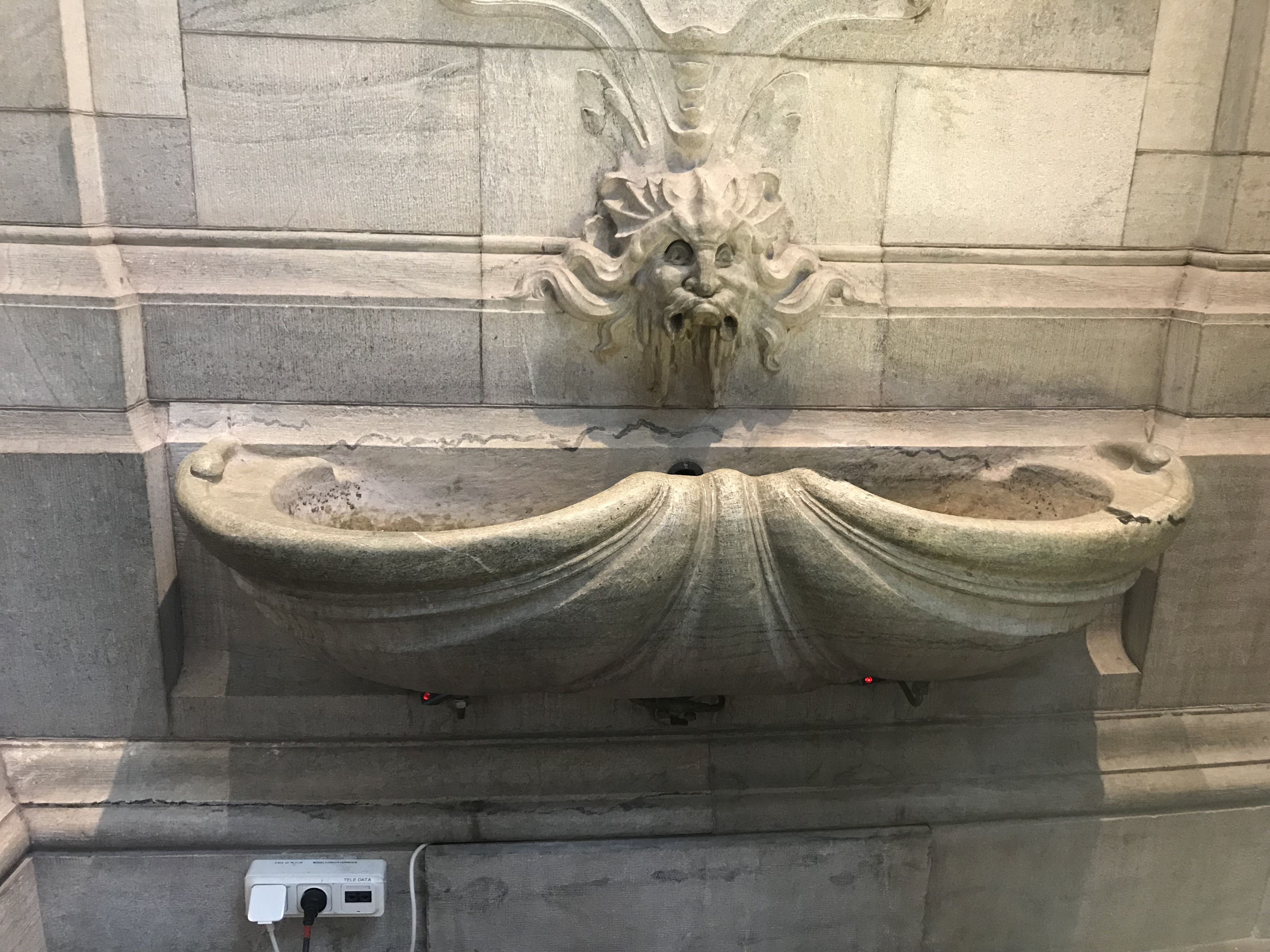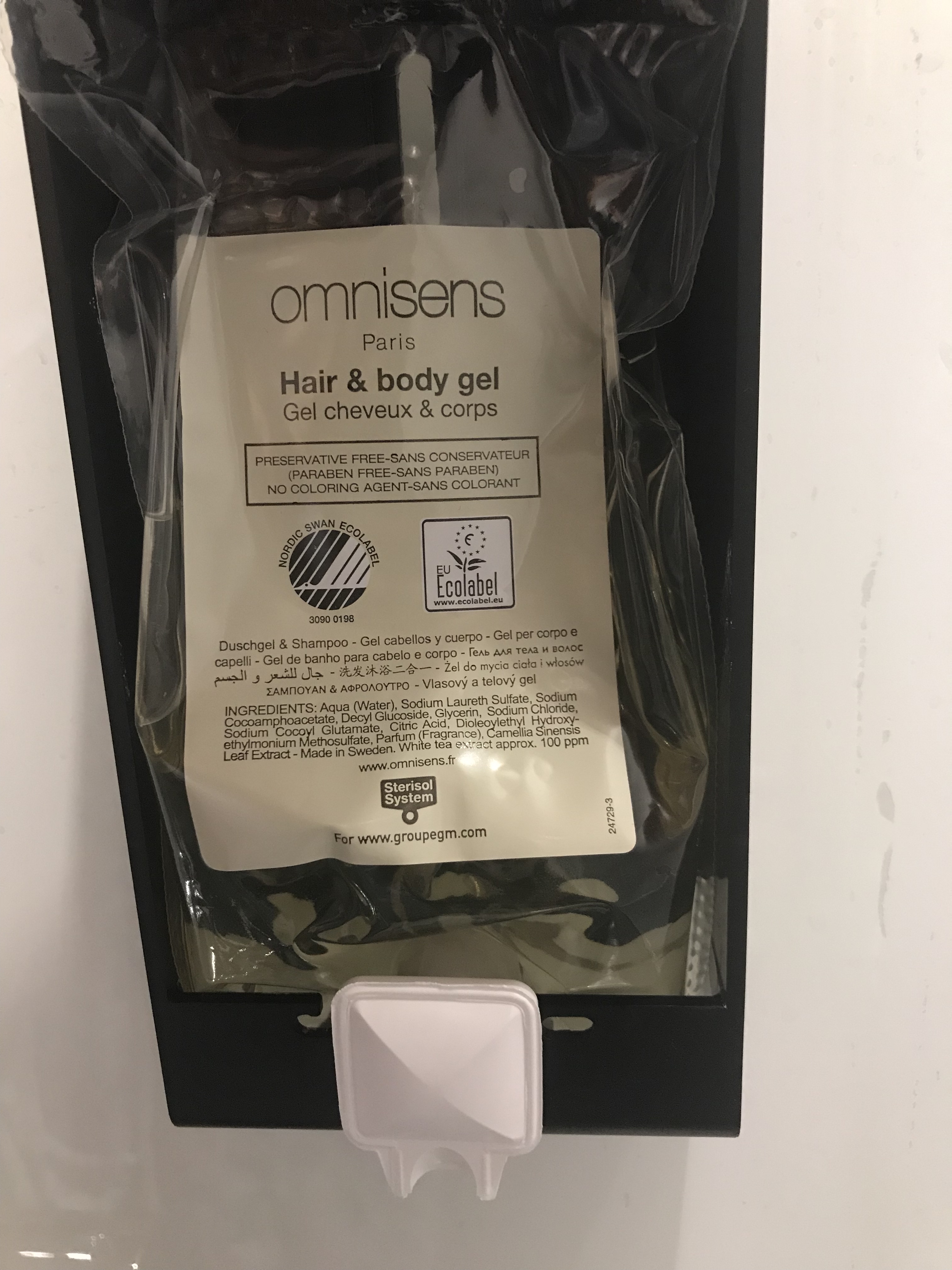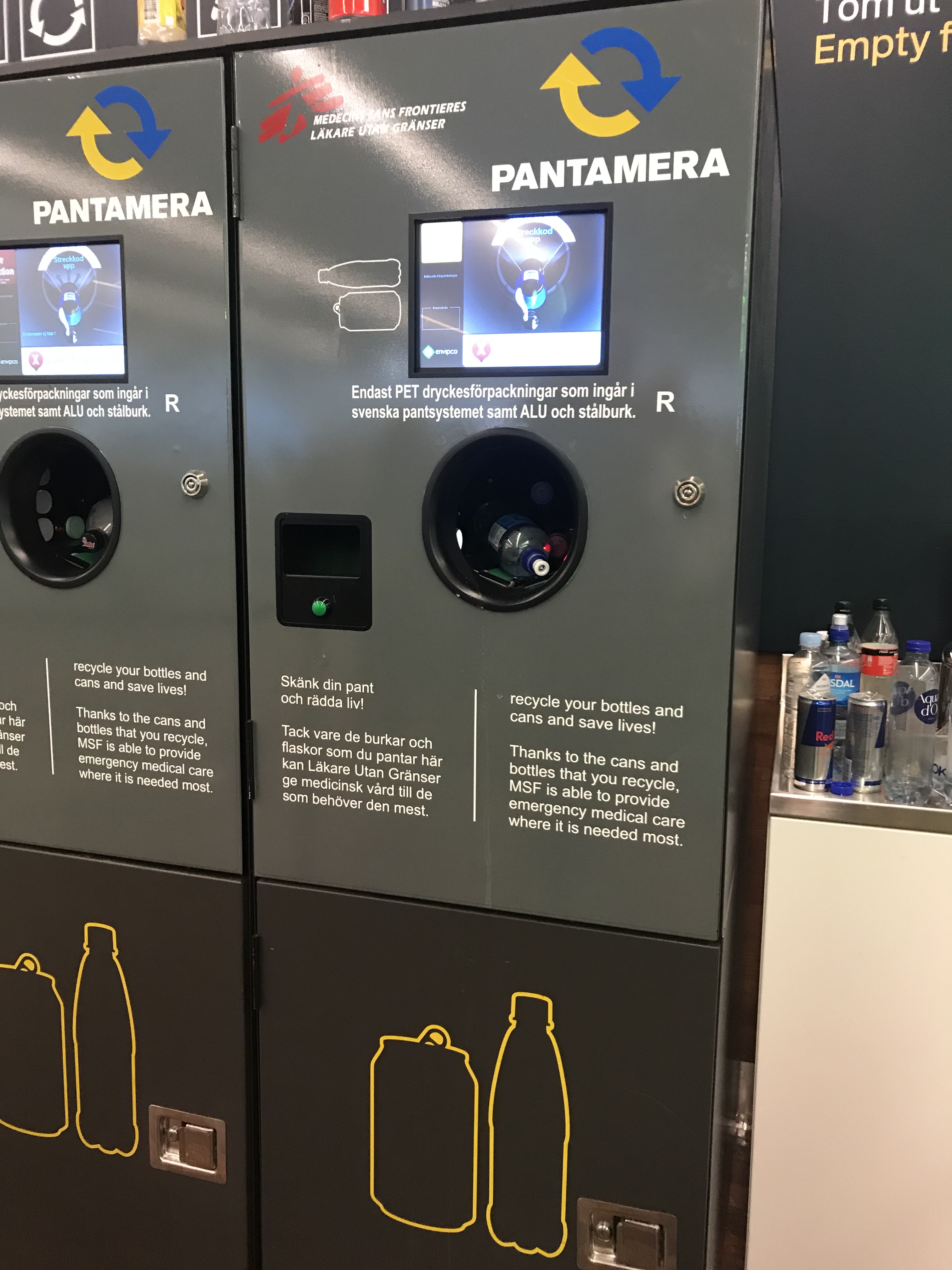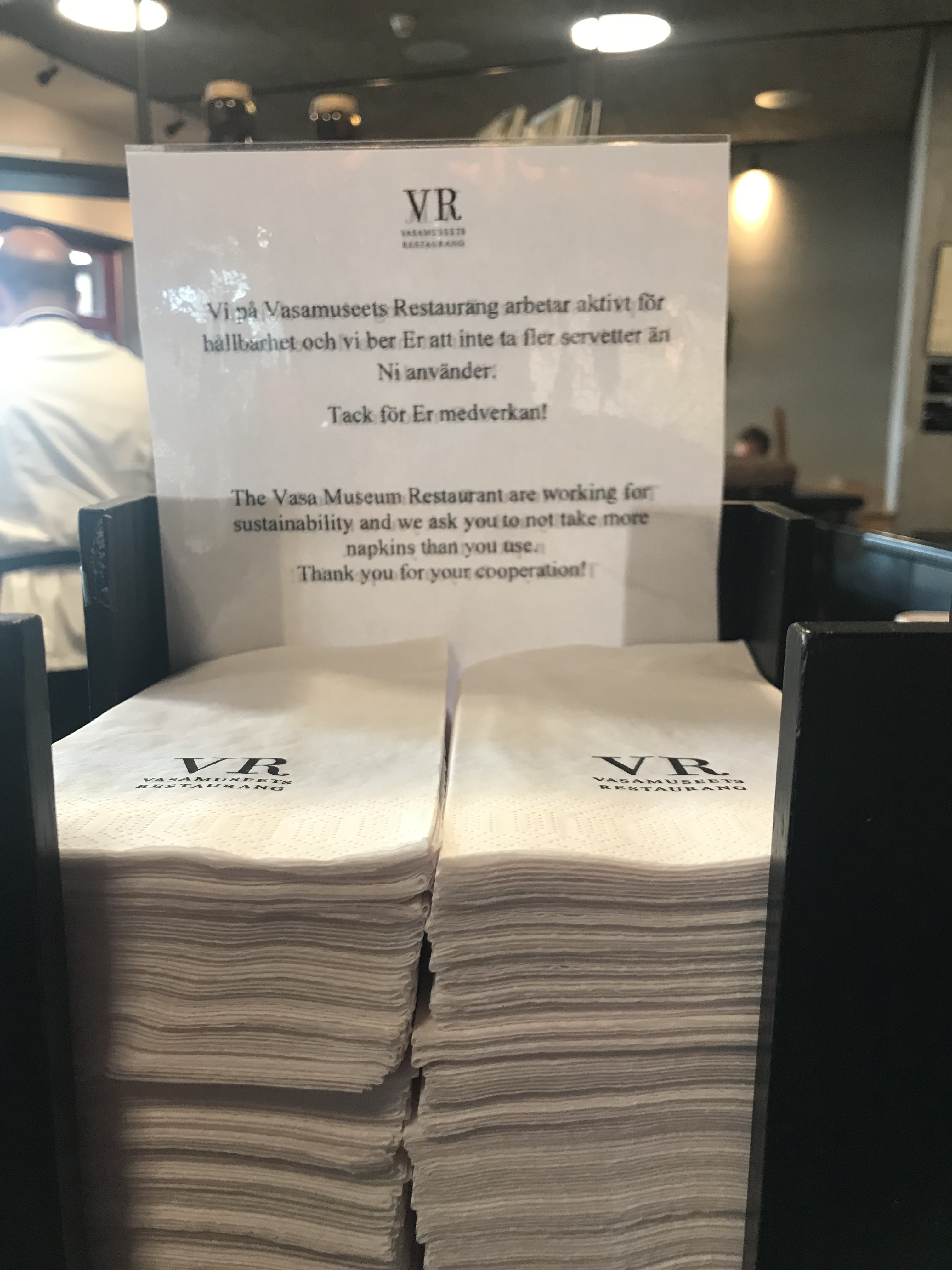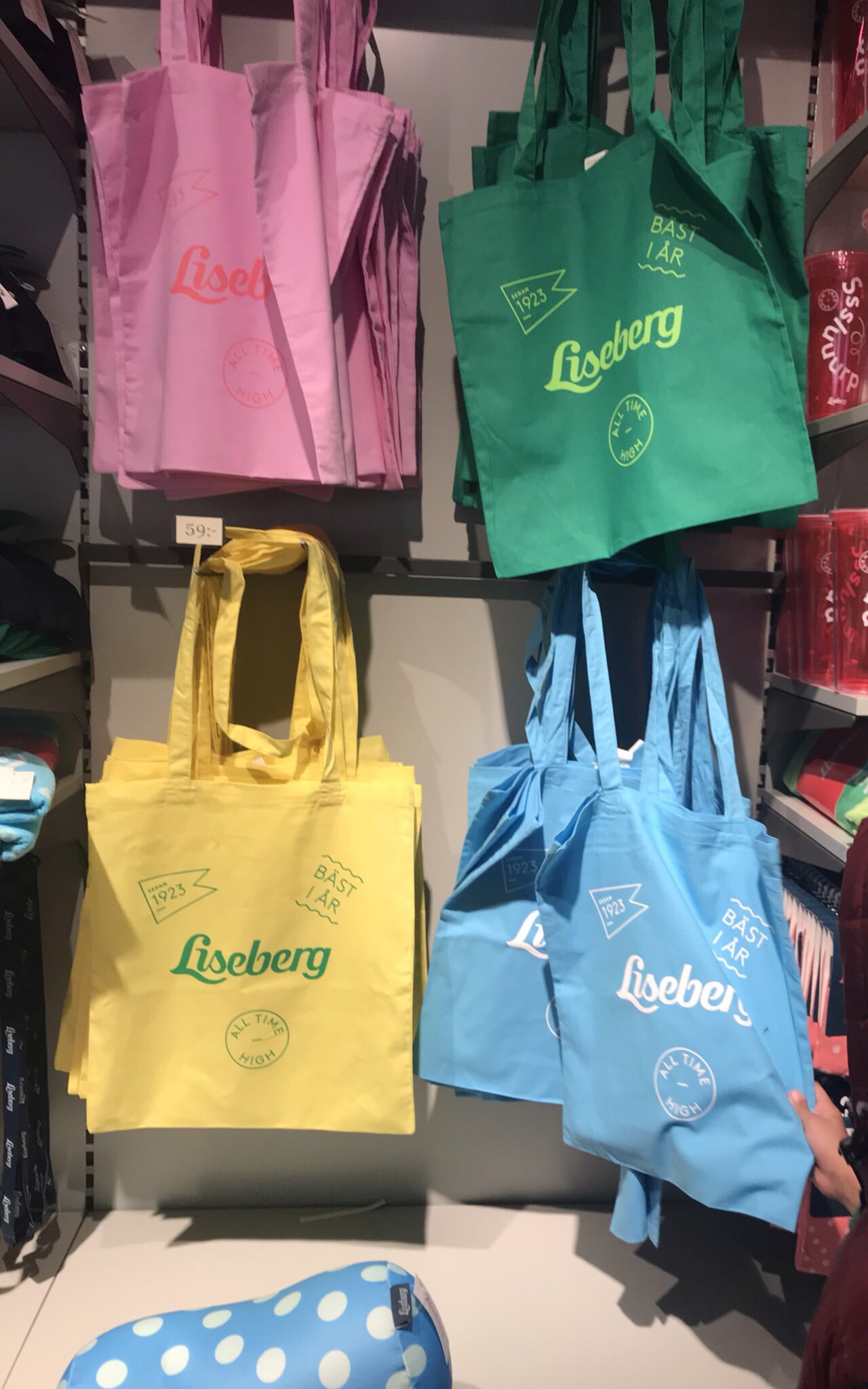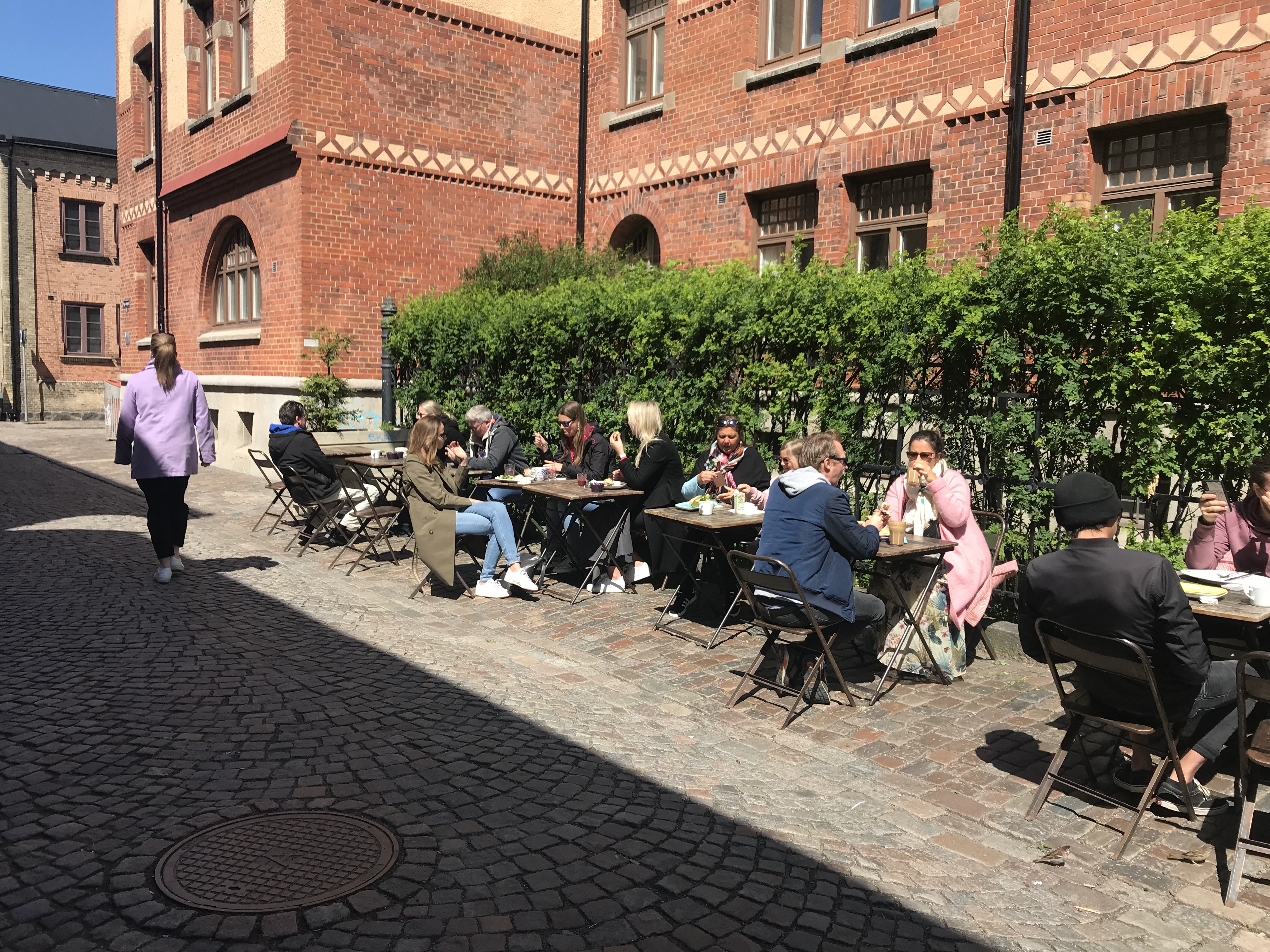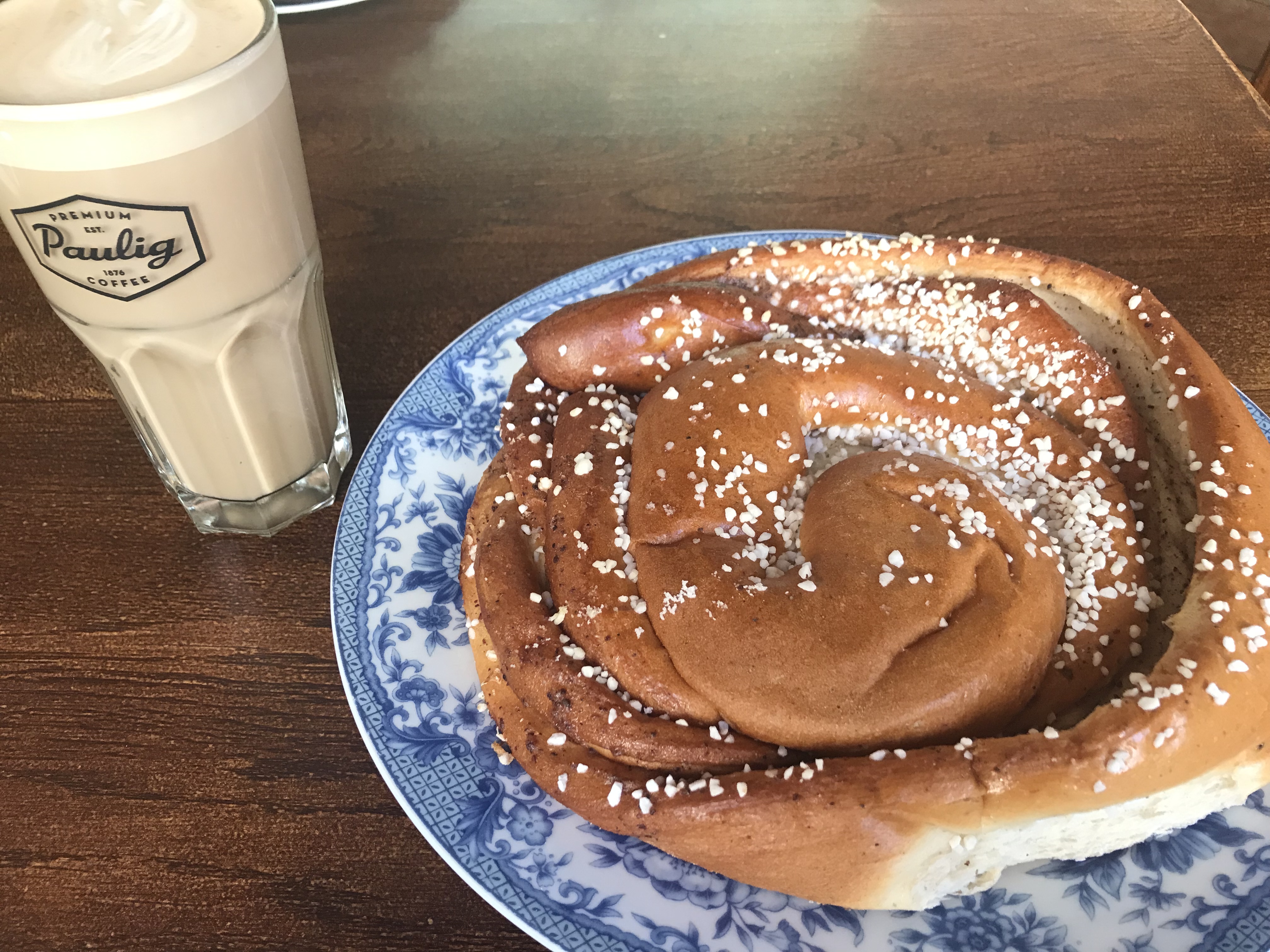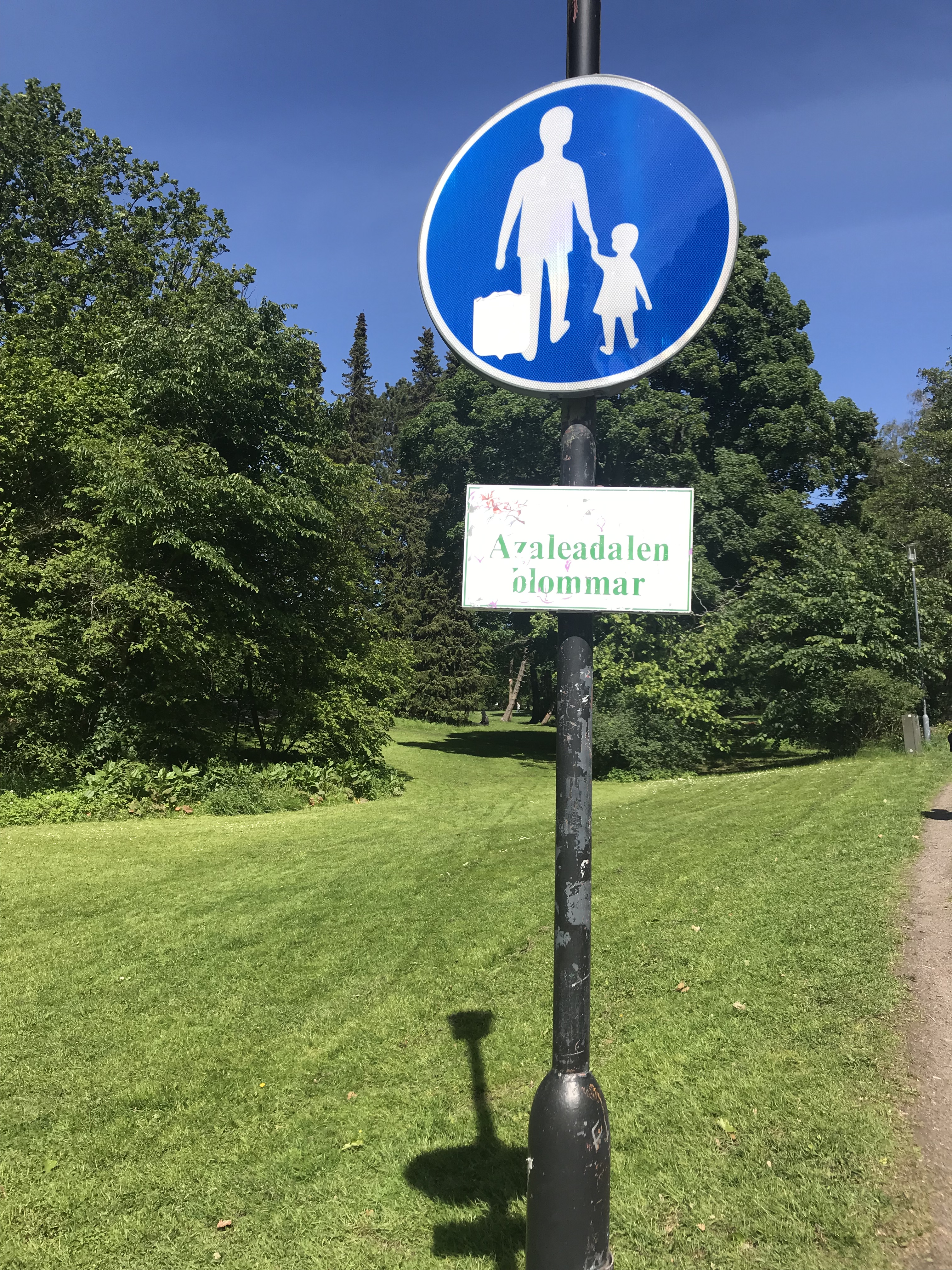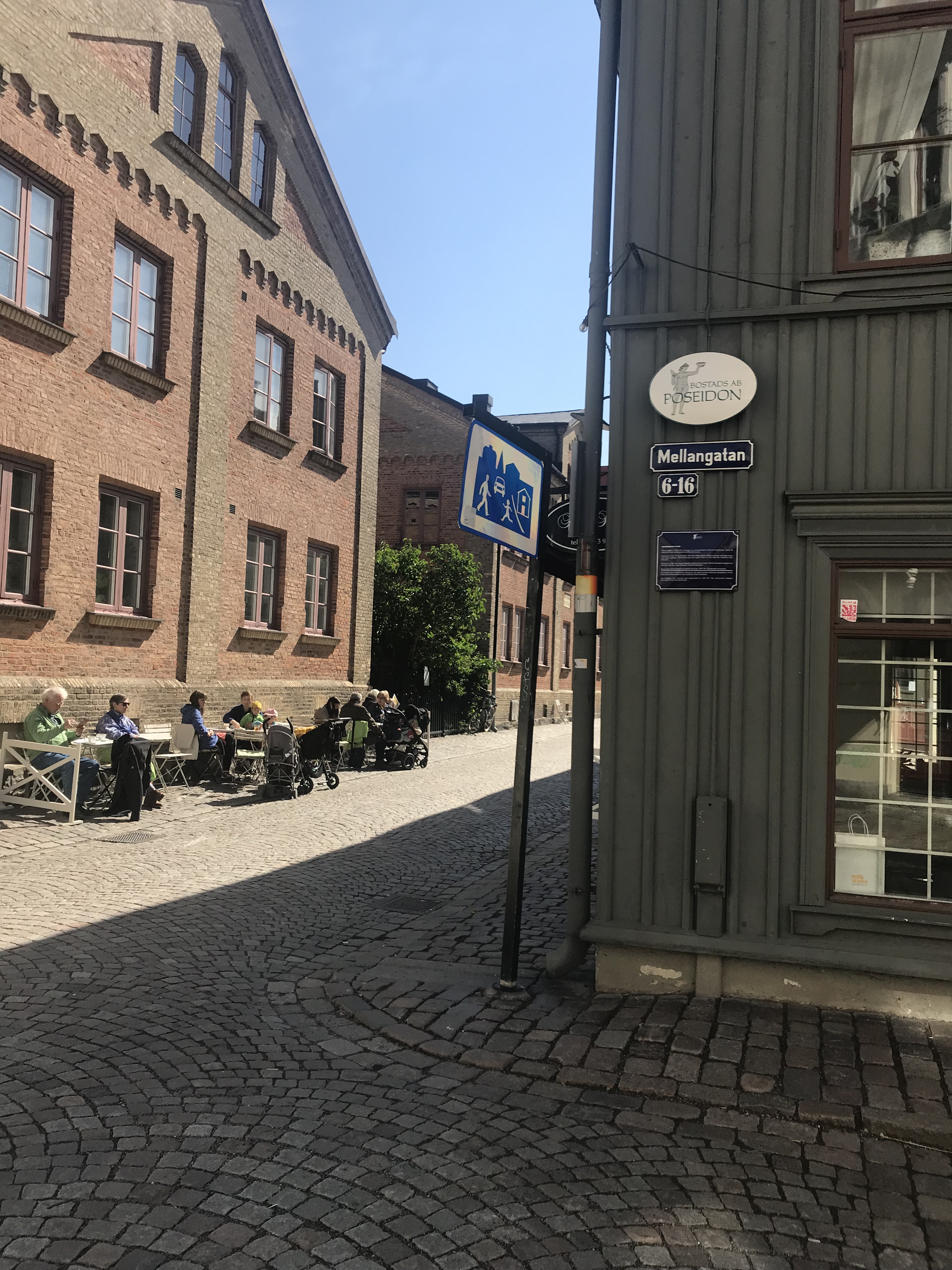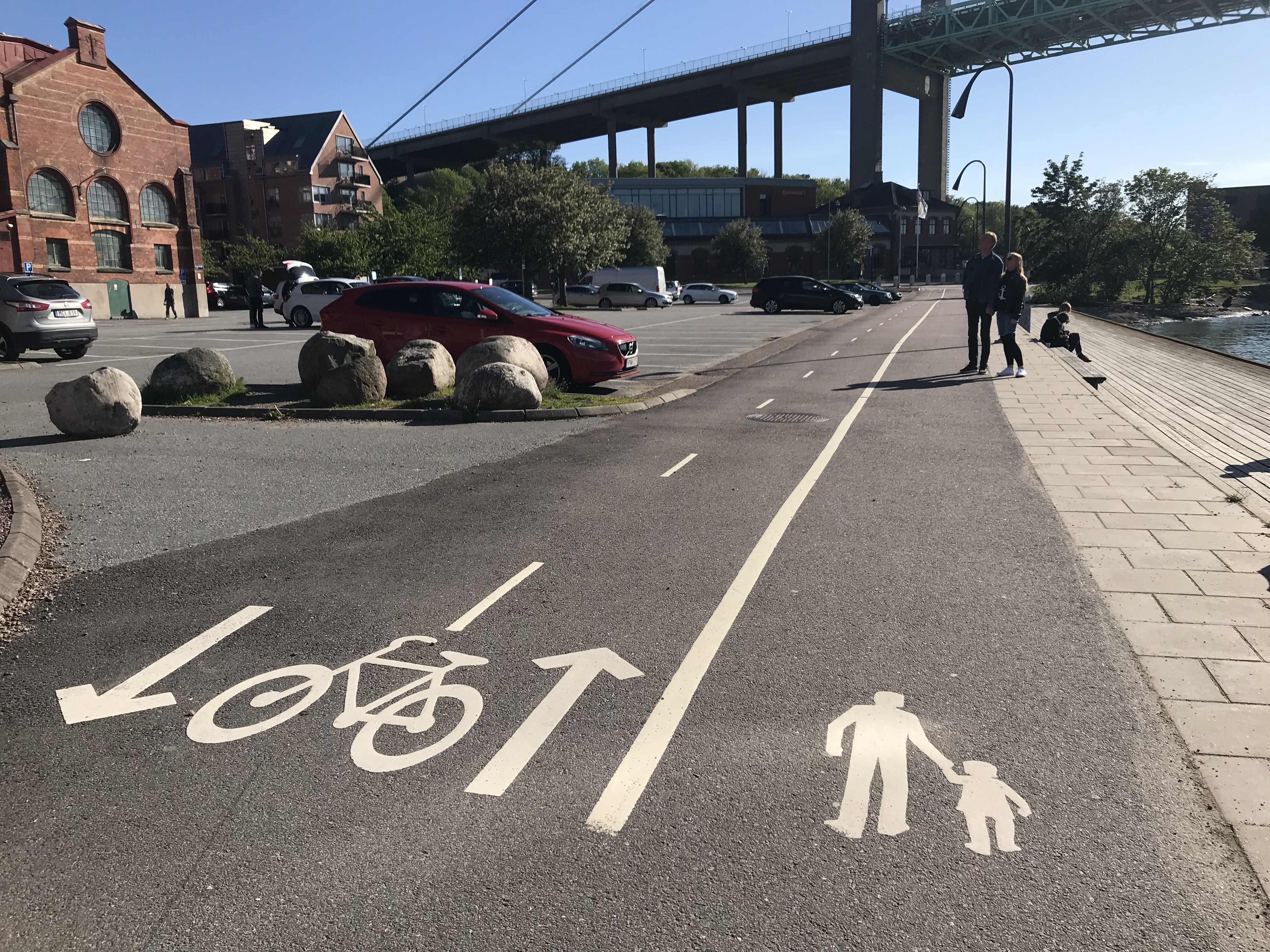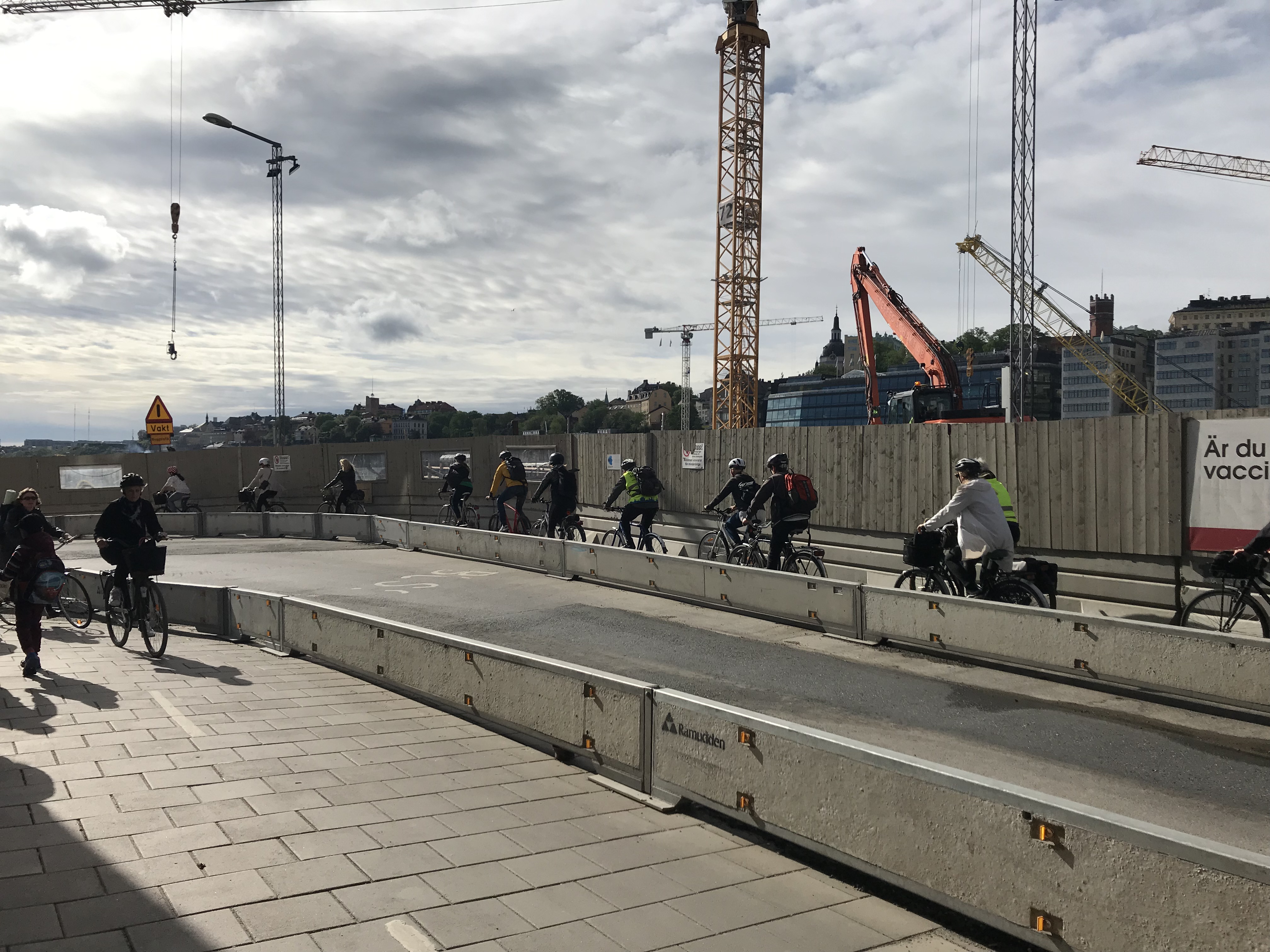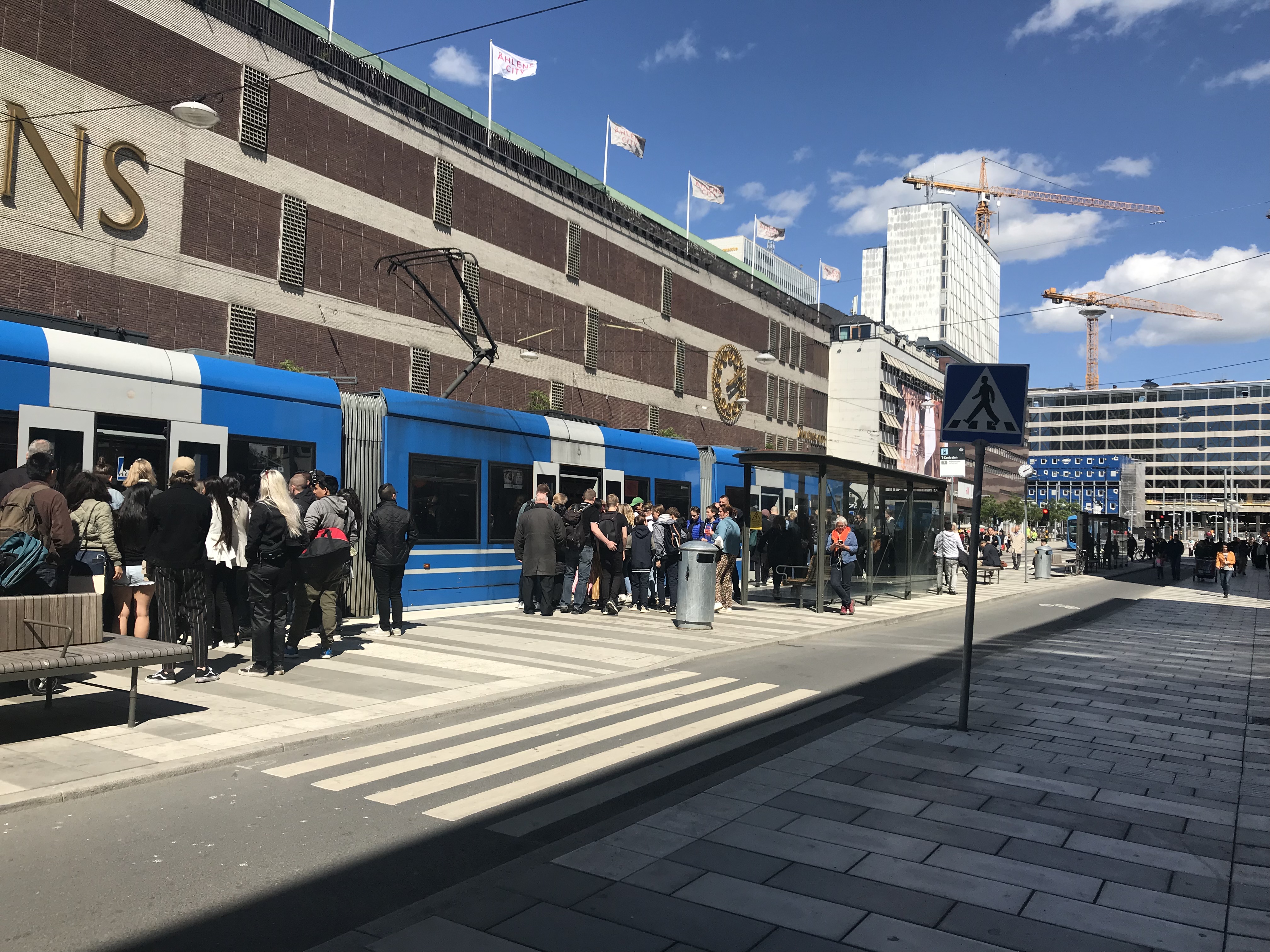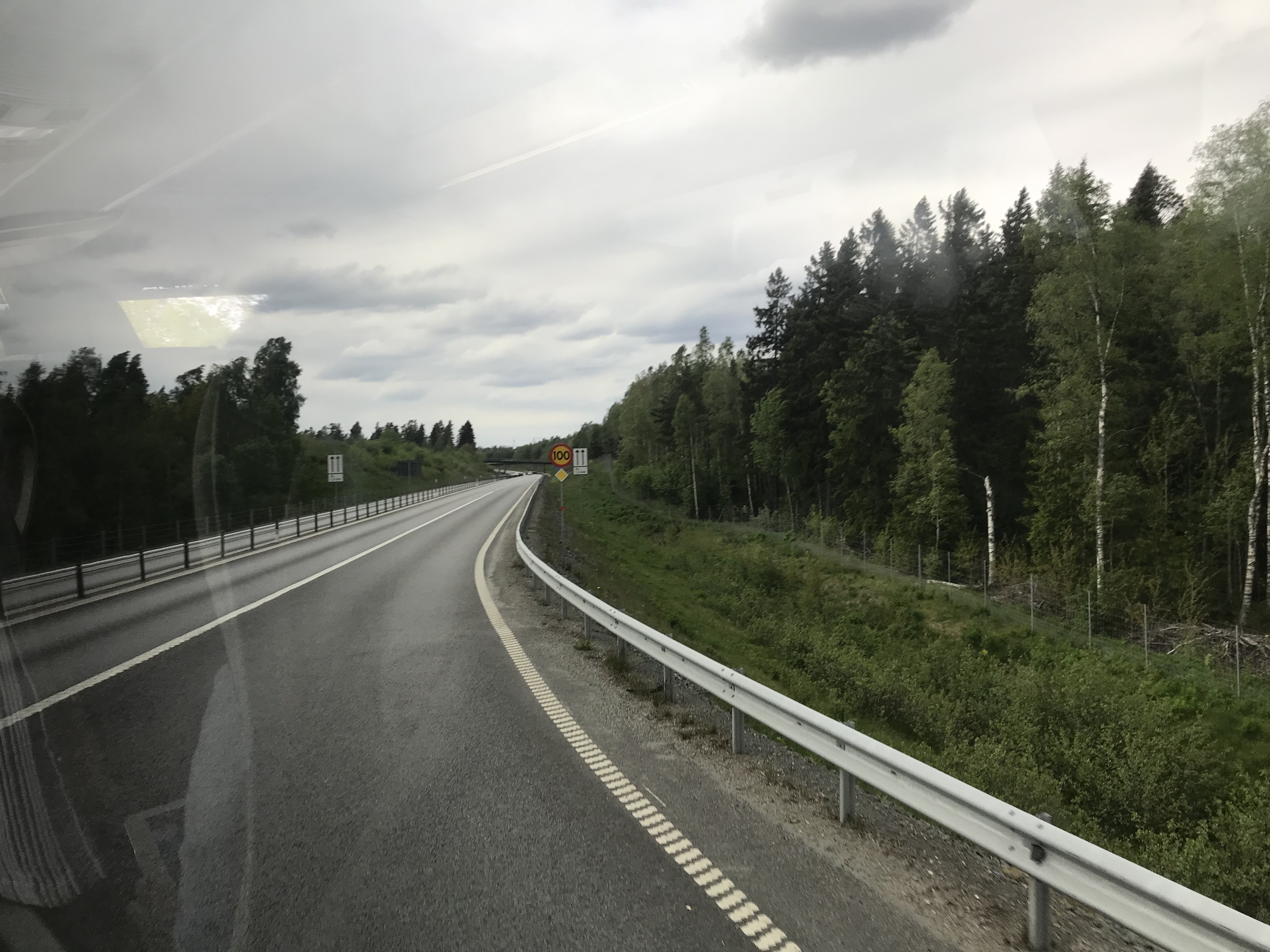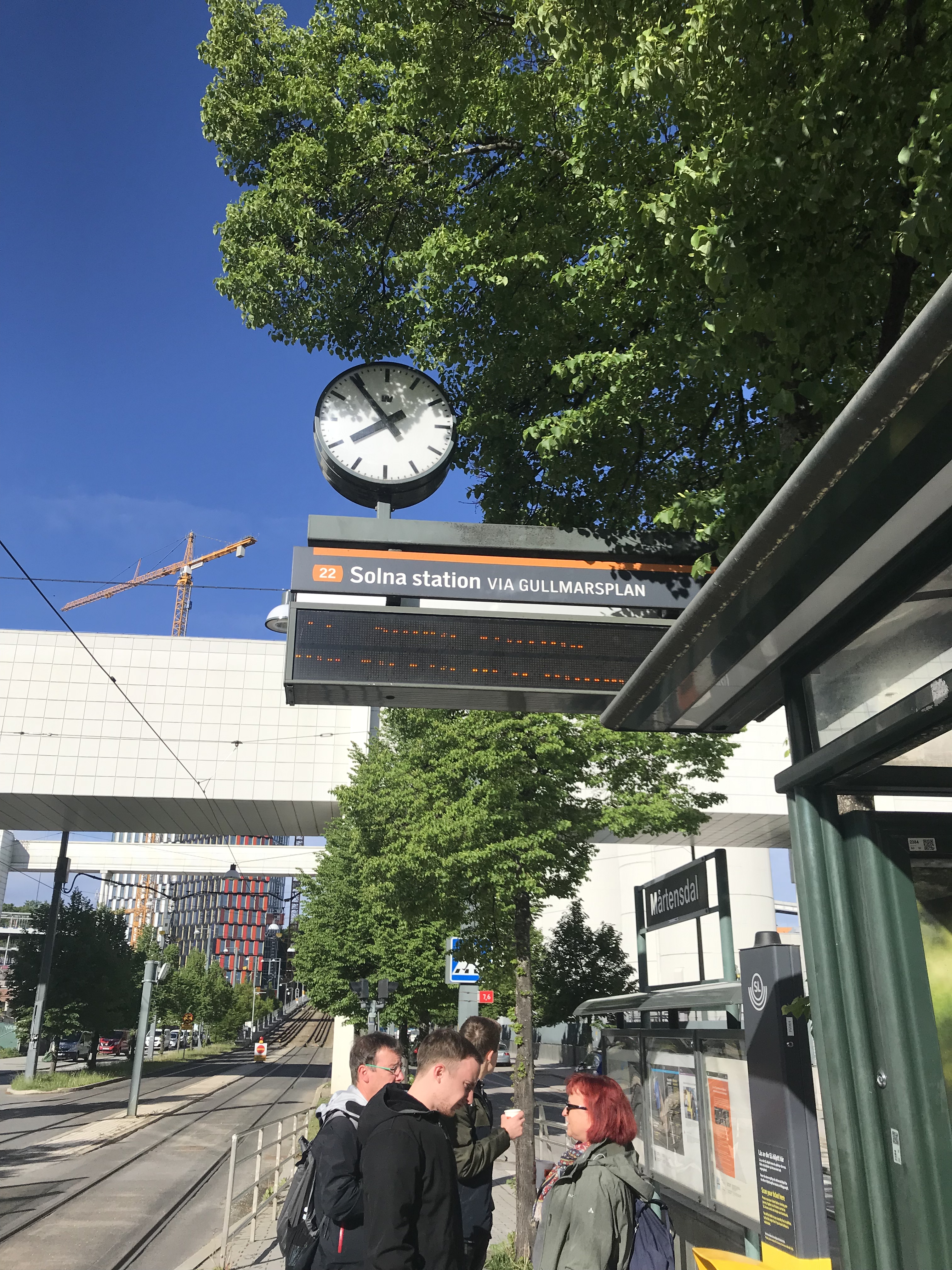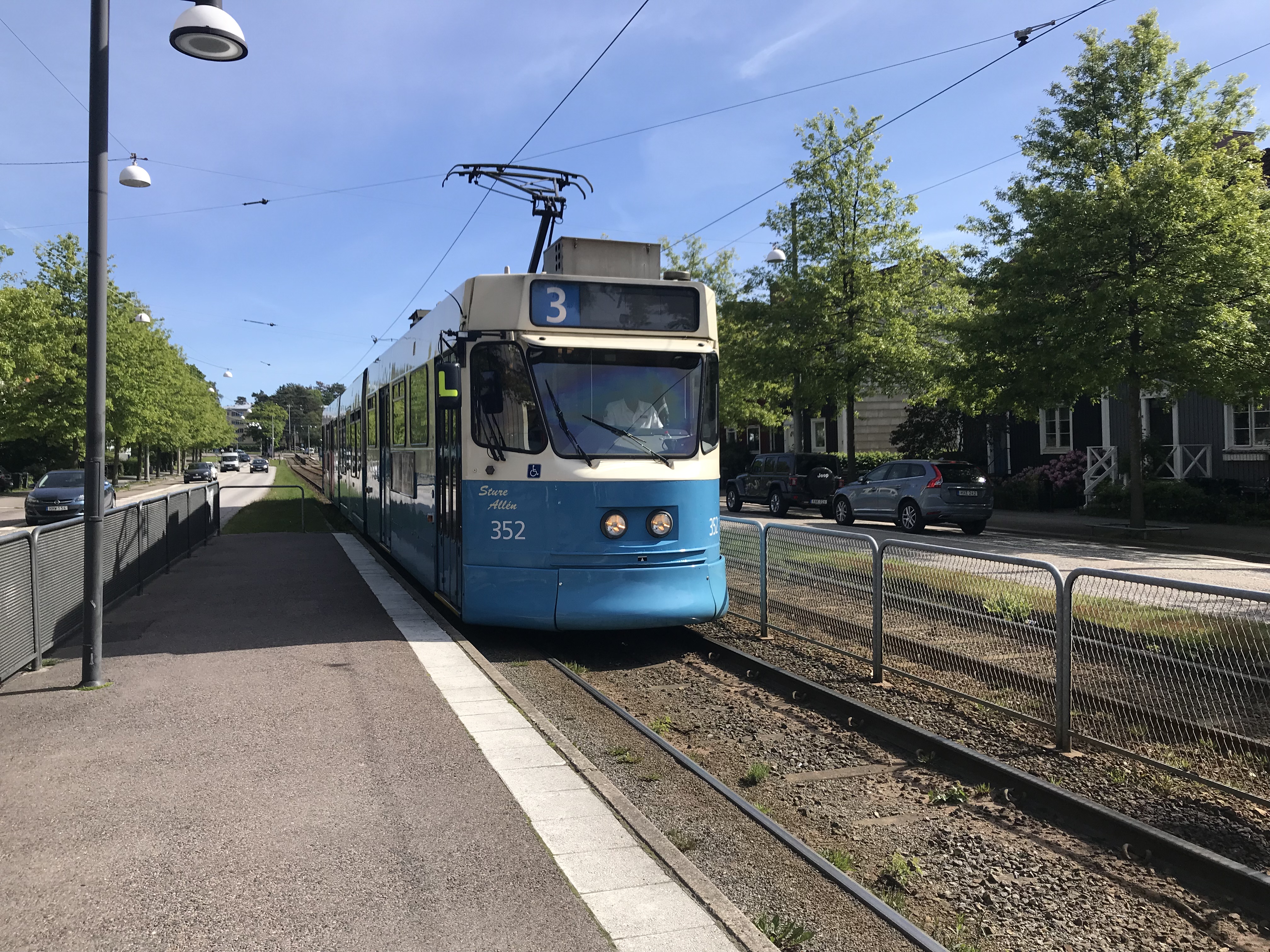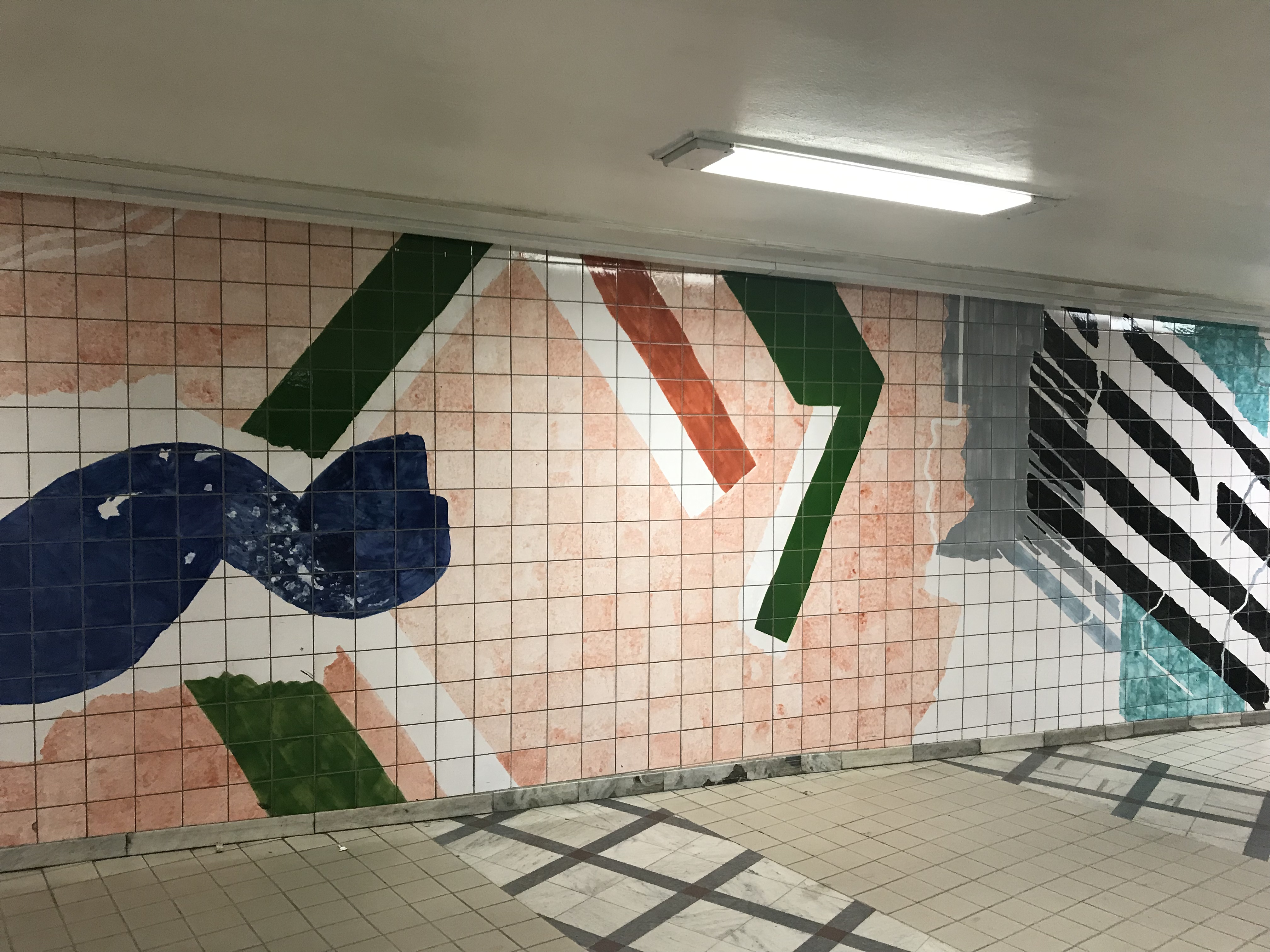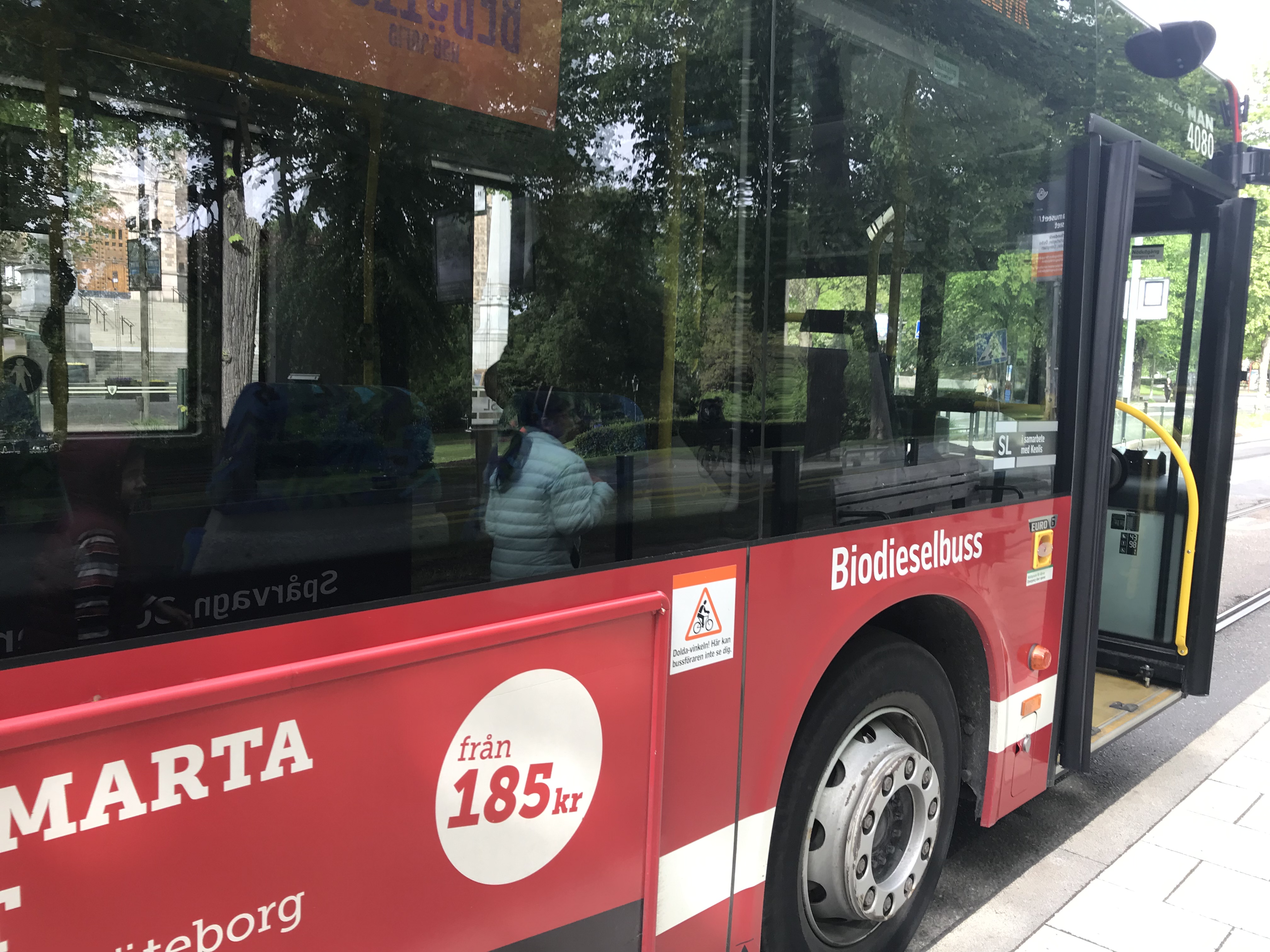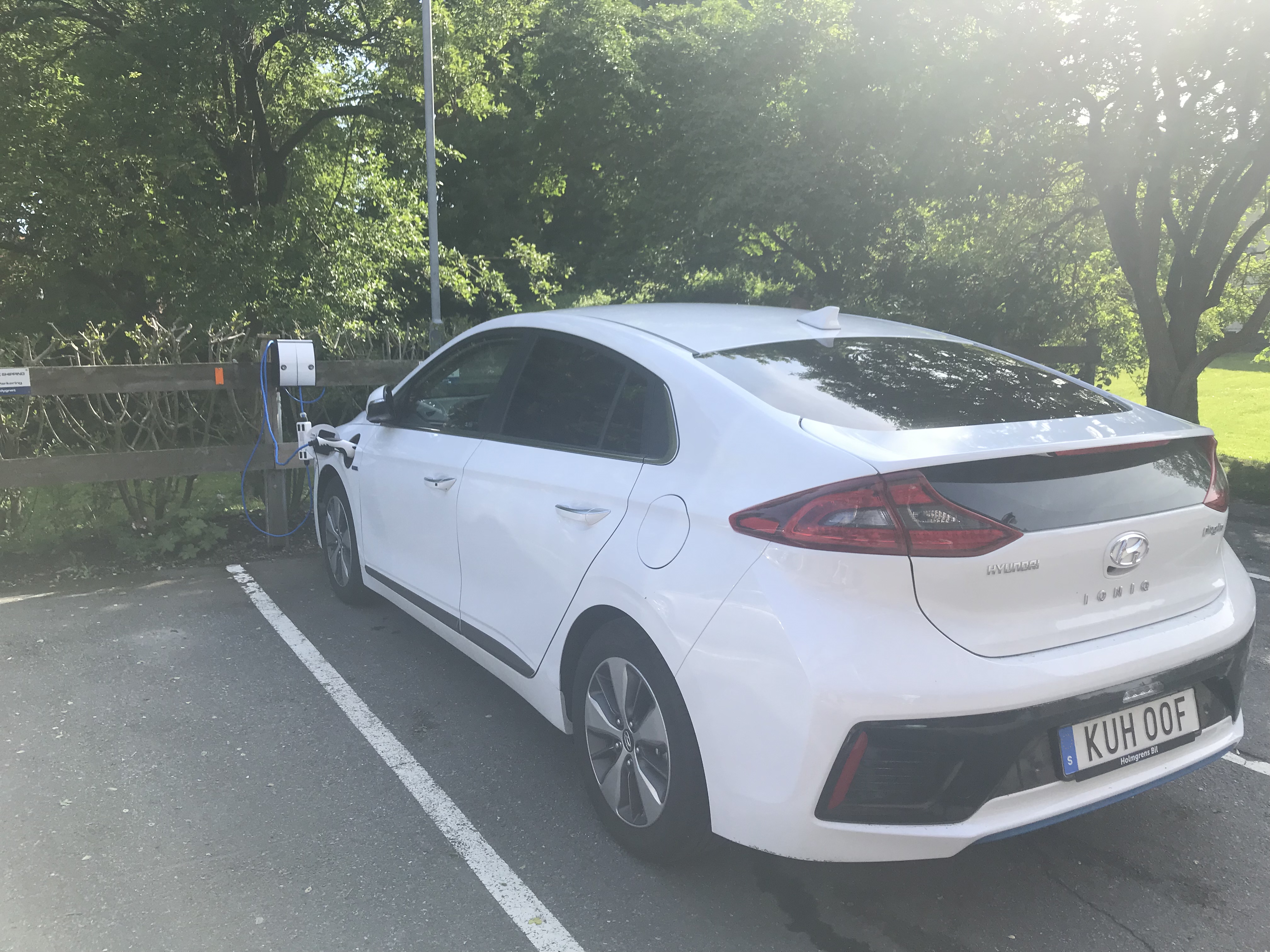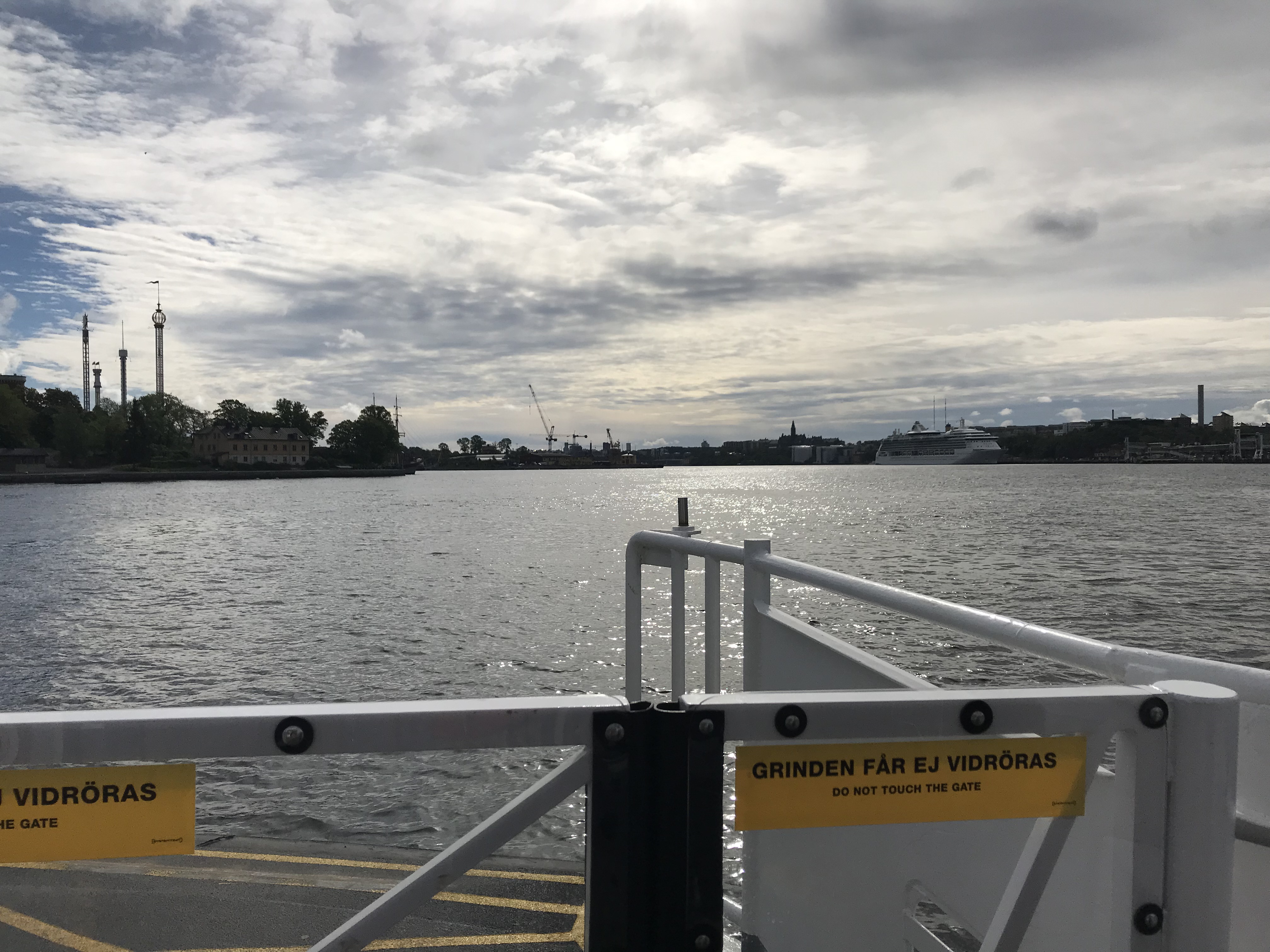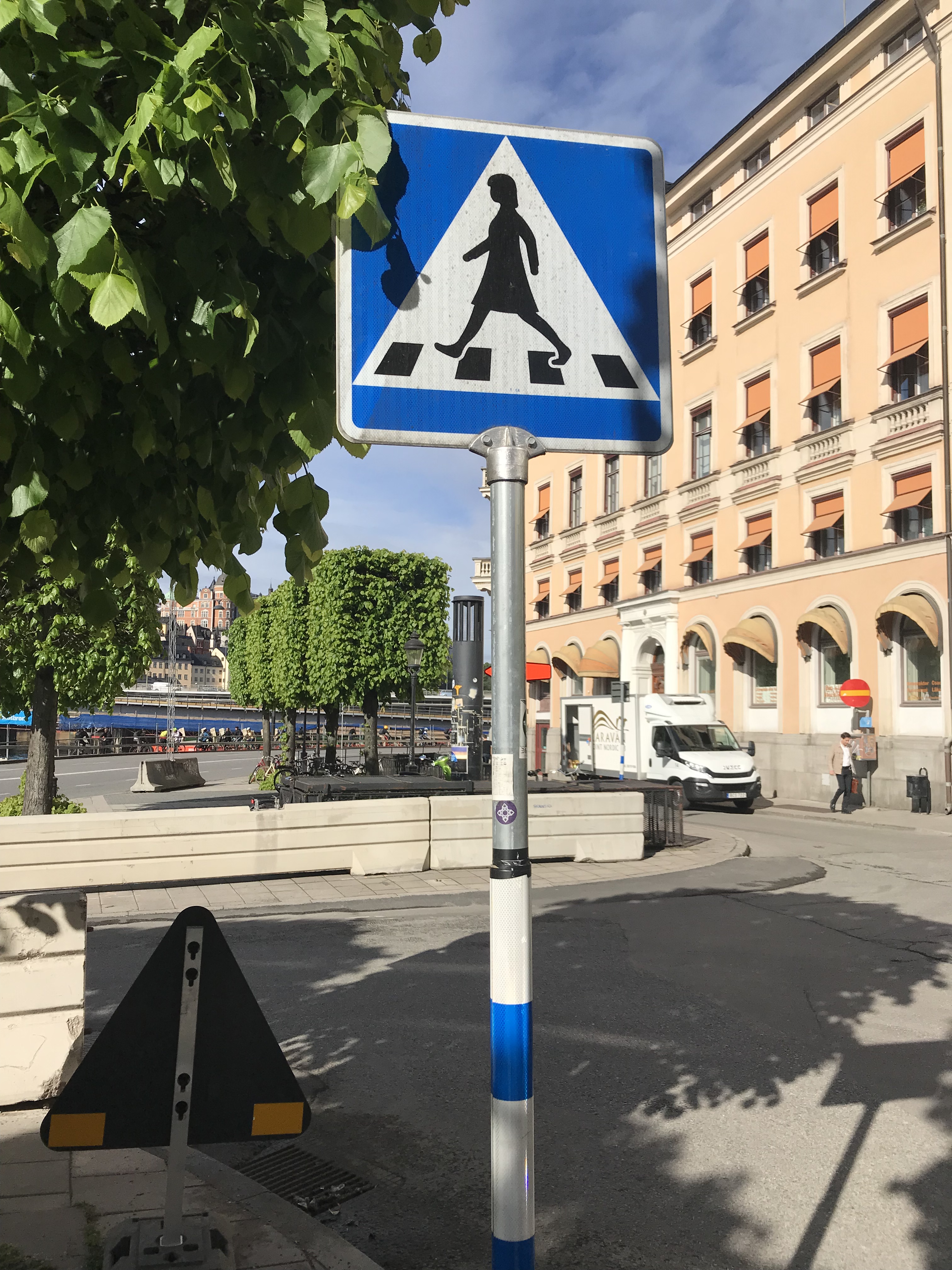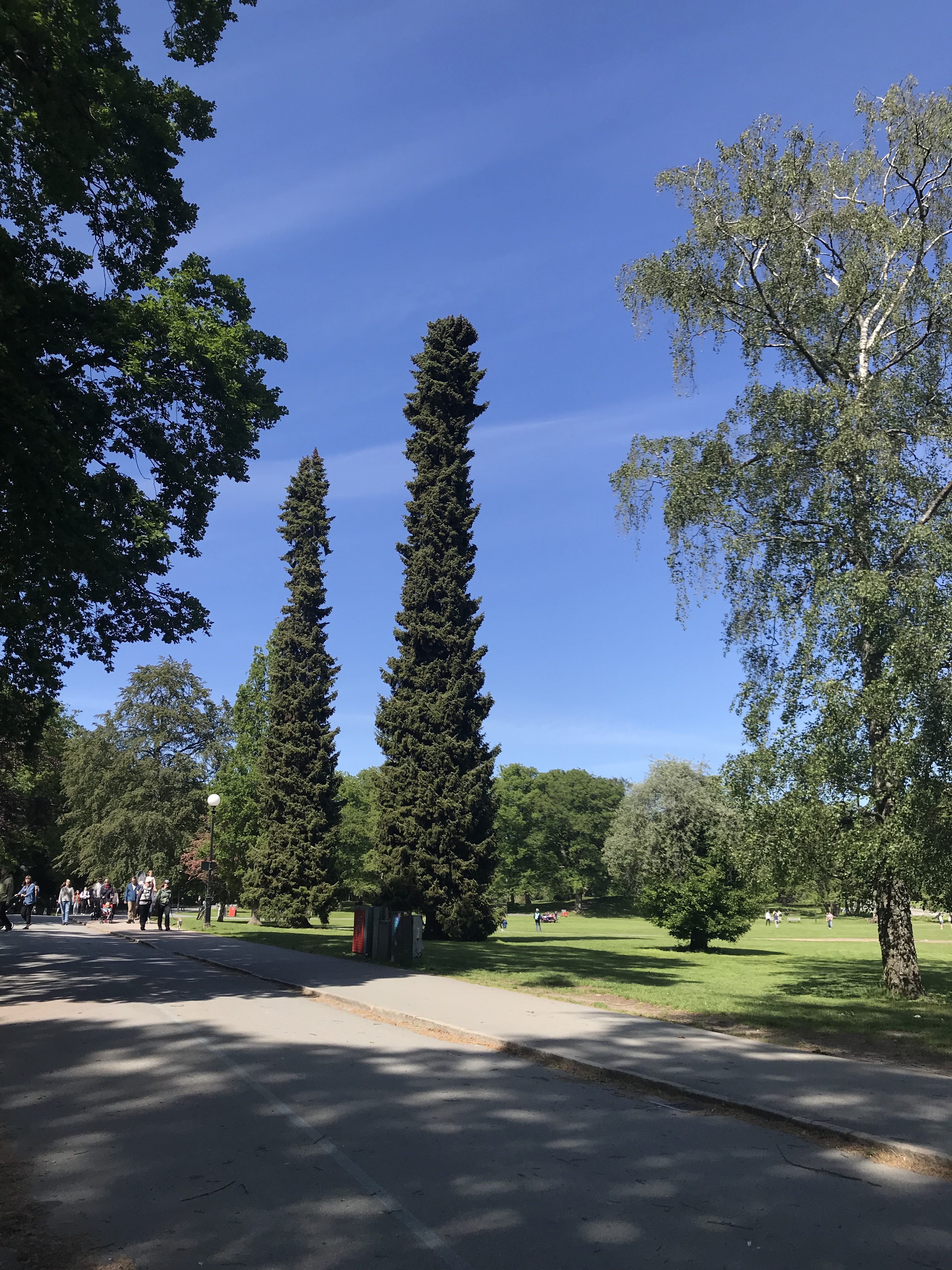Sitaara has been a journey like no other. A journey of two daughters and two mothers, and how, through helping their daughters stand independent, the mothers also gained independence and a deeper sense of purpose. I write this on behalf of myself and my partner-in-crime and now good friend Divya.
We together interviewed my daughter Tarini, 14 and Divya’s daughter Muskaan, 16, both children with special needs, about Sitaara. ‘Sitaara Crafts’ was launched with the intent of becoming a platform for children with disability to showcase their crafts, and took shape on 17 January, 2022 with the launch of its Instagram page. Through the months, it brought us so much joy, many achievements, some heartbreaks, lots of learning, and huge aspirations in terms of the road ahead for Sitaara. We hope you will share their story widely.

Q: So how did Sitaara come about?
Tarini: I had been asking my parents for some time to help me start an initiative as I was bored in COVID. I wanted to do something for other kids with disability. My mom agreed to support me, and she suggested the name “Sitaara” because it means star, or starlight, and my own name is so much like it. She chose the name “Sitaara” simply because it implies that all children with special needs are special like stars. My younger brother, Aadyant, 11 years, designed our logo. My great grandmother was born on 17 January, and we decided to launch on the auspicious day of her birth anniversary. We were soon joined by Muskaan. Muskaan and I were excited to get our stickers and visiting cards printed!
Q: Thank you. That’s interesting. What all does Sitaara showcase? What are your bestsellers and how did this evolve?
Muskaan: We try making crafts from waste or recycled materials. We want to make cloth totes fashionable for people. I have decorated so many white tote bags which have been a great hit on different festivals. My mom has scraps of cloth which we repurpose into small totes which people have loved to carry their books in!

Tarini: We also make jute coiled coasters on cut outs of old cardboard. These have been our bestsellers too. Also, when we receive an order, we use only recycled packaging – my mom has a ton of old Amazon and Myntra packets which we decorate and paint on to make them look different. We also make newspaper bags and paint them for our exhibitions.

Q: Wonderful. So tell us about your experience selling on Instagram, and also exhibitions. What challenges did you face?
Tarini: Selling through Instagram has been a wonderful experience. It is exciting to get orders. We have shipped to 20 states and 2 UTs in only the last one year. We use speed post which is economical and reliable. We have had hardly any cases when a packet did not reach, and even then, it comes back to us. On the challenges through social media, there are cases where people have canceled orders after we shipped, and 1-2 rare cases when they were not satisfied with the quality. So, we now try as much as possible to take advance payments because we now have a fair idea of shipping costs to almost all states! For the cases they were unhappy, we simply refunded. We want all our customers to be happy.

Muskaan: Our first exhibit was in October at my house society grounds. I felt so excited when our totes were picked up so fast, it was like they were flying off the table! At exhibitions we get to interact with people and tell them about us. But then exhibitions can get tiring and you need to stand for long so we try and choose wisely which ones Sitaara will take part in, and our moms help us decide.


Q: Your experience in both selling through IG and directly sounds awesome, that too at such a young age. Tell us what you think your biggest achievement is, so far?
Tarini: I think the fact that we have such a large and satisfied clientele all over India already.
Muskaan: That we got more than 150 orders, many of them repeat orders, in our very first year.

Q: Do you have other children collaborators too? How does one collaborate?
Muskaan: We have another young adult named Sunny who is hearing impaired. Bhaiya makes beautiful rakhis, origami products, and envelopes. We have a classmate Harshita who makes amazing hand-made rakhis and painted dupattas. We are open to more children and young adults with disability joining hands with us. They can simply send us pictures of their work, which we upload. When there is a sale, we arrange to collect and deliver the products. We then pay them either immediately or month end.

Q: So how is the work divided between you two?
Tarini: I take care of the social media marketing, I enjoy interacting with customers online. Where I have a doubt about what to reply, I ask mom. But I love designing too, whenever I can.

Muskaan: I paint and decorate the pouches and totes, which mom helps get stitched. I have also created and decorated bookmarks, tags and envelopes in my art classes for Sitaara. Tarini too creates things whenever she feels like, although her main job is marketing and for me it’s design, so our jobs are cut out.

Q: That’s super. We wish you both great luck as you move ahead. Any exciting plans for 2023?
Tarini: We also have special collections for each festival. Right now we have a cute Valentine’s collection of earthy kulhars (clay pots you have tea in) and painted glass jars filled with candy. We got these kulhars all the way from Jaipur on our holiday in early January. Whenever we had tea, we saved a kulhar to bring home. We made a hole in them and they can now grow plants. We love it when we reuse something instead of throwing it. It makes us feel important.

Muskaan: Thank you. We are excitedly looking at opportunities for exhibitions, and also keep trying for a collaboration and doing hands on work with some of the bigger NGOs. We would love to go there, spend time with people with disability, and help them. We are very excited to get an opportunity to showcase Sitaara on ‘Satviki’, the SpecialSaathi online shop where many autistic kids are getting an opportunity to display their crafts. SpecialSaathi is a community for autistic kids’ parents. We hope we will be able to bring our products to more people who will enjoy them. Do help us spread the word.

Thank you Muskaan and Tarini. Wish you all the best as you try and reach further for the stars. God Bless!





















 1. I wish getting there was easier.
1. I wish getting there was easier.





















